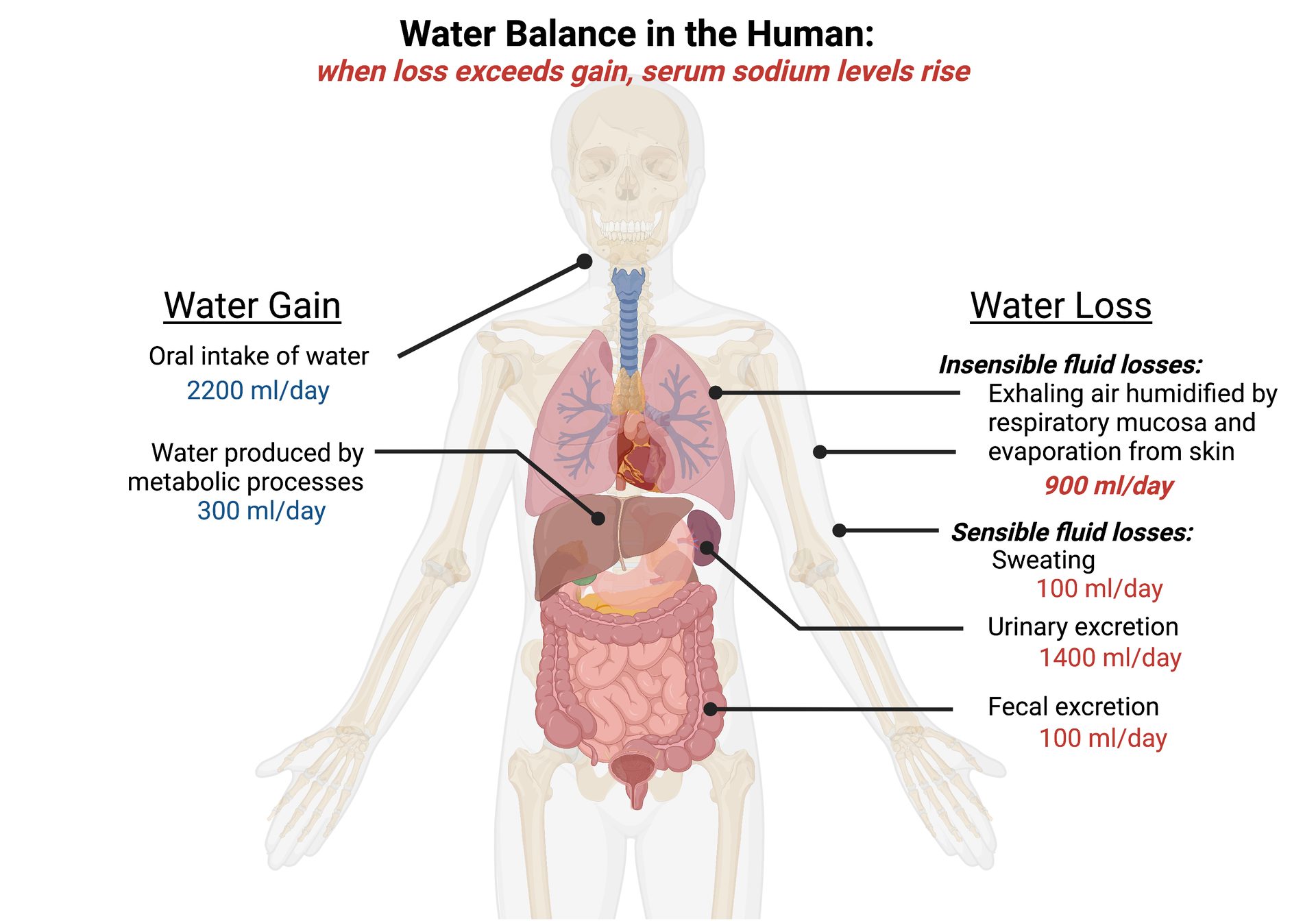
SCROLL
Using IAQ to Curtail Aging and Chronic Diseases
Understanding the drivers of biological aging may provide strategies to slow down the development of age-dependent chronic diseases.
BUILDING HEALTH: A PHYSICIAN'S VIEW
A new medical study published in the British journal Lancet revealed a very compelling connection between indoor air quality (IAQ) and human health. The study confirmed that biological aging can be faster or slower than chronological aging, meaning one 60 year old can have significantly younger organs and tissues when compared to another 60 year old. Especially pertinent to mechanical engineers was the finding that the alleged cause, and potential prevention, of advanced biological aging is directly tied to IAQ.
The biologic age of organs, such as livers and kidneys, as well as immune system protection, were assessed using a robust data set from clinical tests, immune system markers, measurements of metabolism, digestive system microbiome diversity, physical fitness, and facial skin assessments. An increased biologic age of organs and tissues, which heralds chronic diseases, was found to be correlated with hypohydration, or very mild dehydration of 1%-2% of total body weight. In healthy people, hypohydration is reflected in increased serum sodium concentration, which allows blood sodium levels to be used as a physiological marker of blood concentration.
The analysis showed that people whose serum sodium was in the high normal range of 142 mmol/l had an increased risk of being biologically older, developing chronic diseases, and dying at a younger age.
The study, conducted by medical professionals, concludes that increased oral hydration is the answer. This is one part of the solution but is not the only intervention needed. The other component of the solution, and one that is essential for overall health, is to simultaneously decrease fluid losses from skin evaporation and the inhalation of low-humidity air. These routes are known as insensible fluid loss. This is where IAQ management comes in as a preventive step to decrease biological aging and slow down the progression of chronic disease. Increasing indoor relative humidity to the known beneficial range of RH 40%-60% will help maintain tissue hydration and limit increased blood sodium levels associated with advanced biological aging.

FIGURE 1. Human bodies are made of more than 50% water, which is needed for multiple functions, including digesting food, creating hormones and neurotransmitters, and delivering oxygen throughout the body.
Photo courtesy of Building4Health
Preventing mild dehydration was associated with a significantly lower risk of developing chronic diseases, which is a lower risk of dying early or being biologically older than one's chronological age, according to the National Institutes of Health.
Water — essential for multiple functions, including digesting food, creating hormones, and delivering oxygen to tissues — makes up more than 60% of body weight.
Water balance occurs by matching the daily water input/output to and from the body. The majority of fluid loss occurs in urine, stool, and sweat as well as from the insensible losses from the respiratory system and skin. The exact volume of insensible losses is difficult to measure but is estimated to average between 40-800 mL/day in a healthy adult, depending on environmental humidity, temperature, and activity. An insensible loss of 800 mL/day can account for 30%-50% of all water loss. Clearly, insensible water loss is a significant component of water balance.
Maintaining a healthy fluid balance in the body can be best accomplished by increasing fluid intake and diminishing unnecessary insensible fluid losses secondary to breathing low-humidity air. While drinking fluids clearly allows rehydration, by the time a person feels thirsty, they are already approximately 1.5% dehydrated. Perception of thirst, therefore, is not a good indicator of overall fluid balance. Monitoring the color and volume of urine output is another way to assess one’s hydration level. Darker yellow and lower volume urine signals dehydration but, similar to thirst, occurs after mild dehydration is in place.
Understanding the drivers of biological aging may provide strategies to slow down the development of age-dependent chronic diseases. As the world’s population ages, extending a person’s healthy life span not only benefits the individual, it potentially decreases health care costs nationally or globally. In fact, prevention is much more beneficial to overall health than reactive treatment of diseases. Managing indoor humidity can help create indoor environments that act as true shelters.
